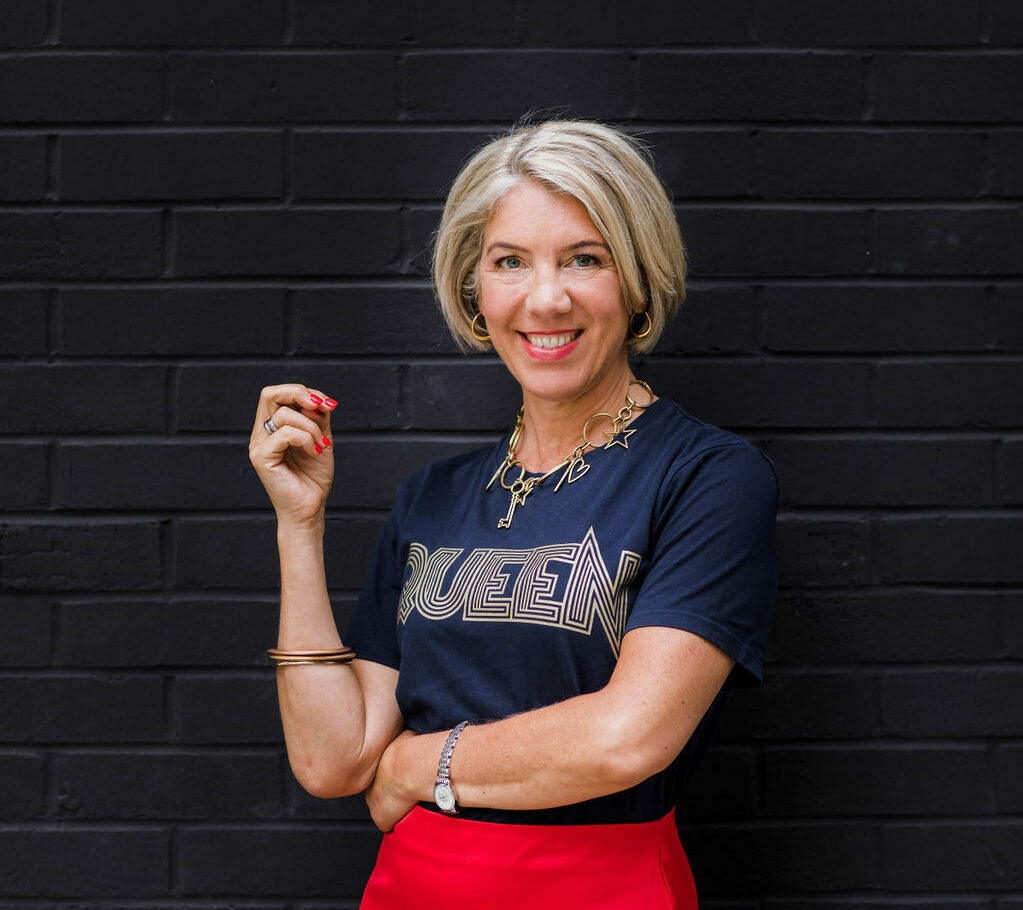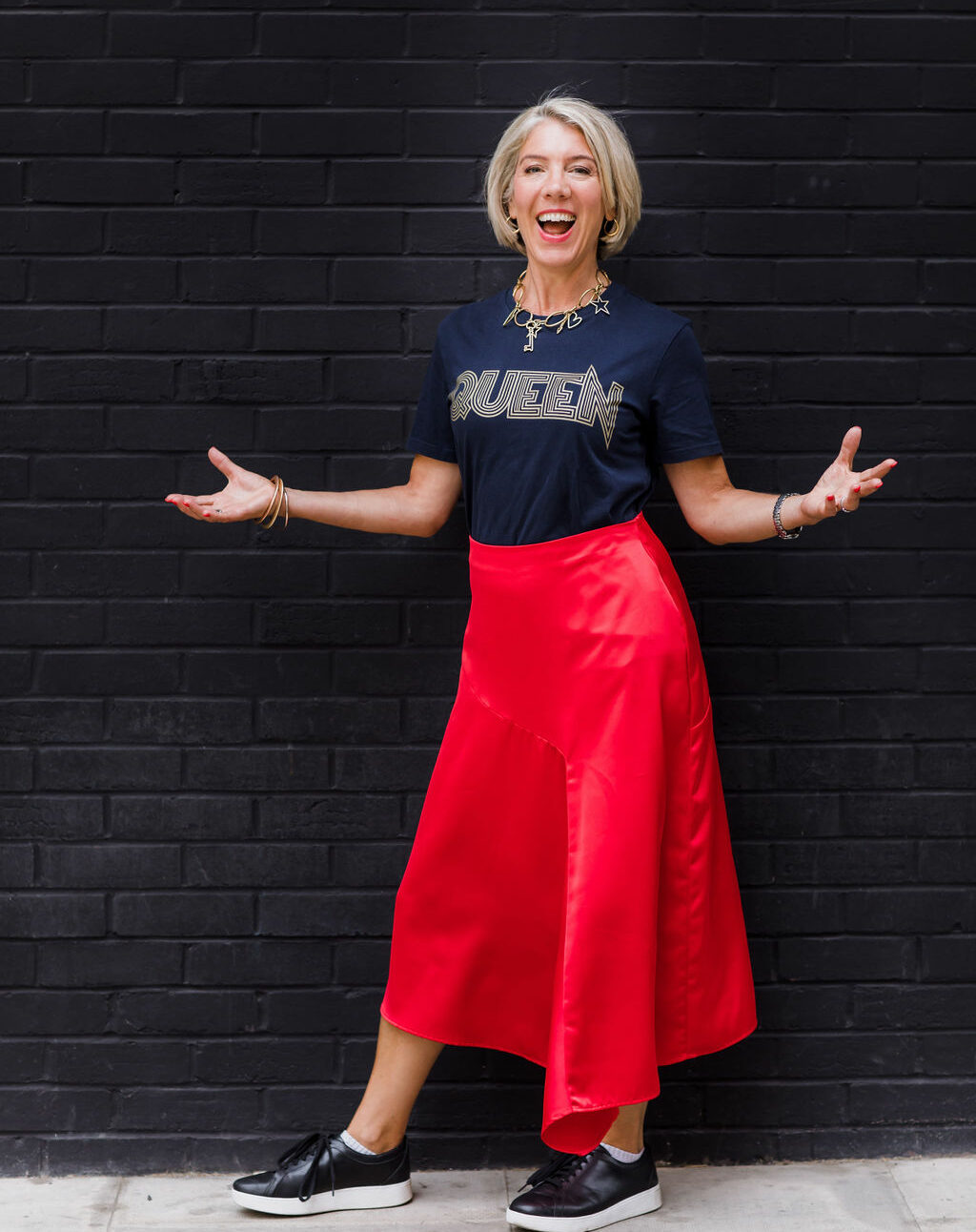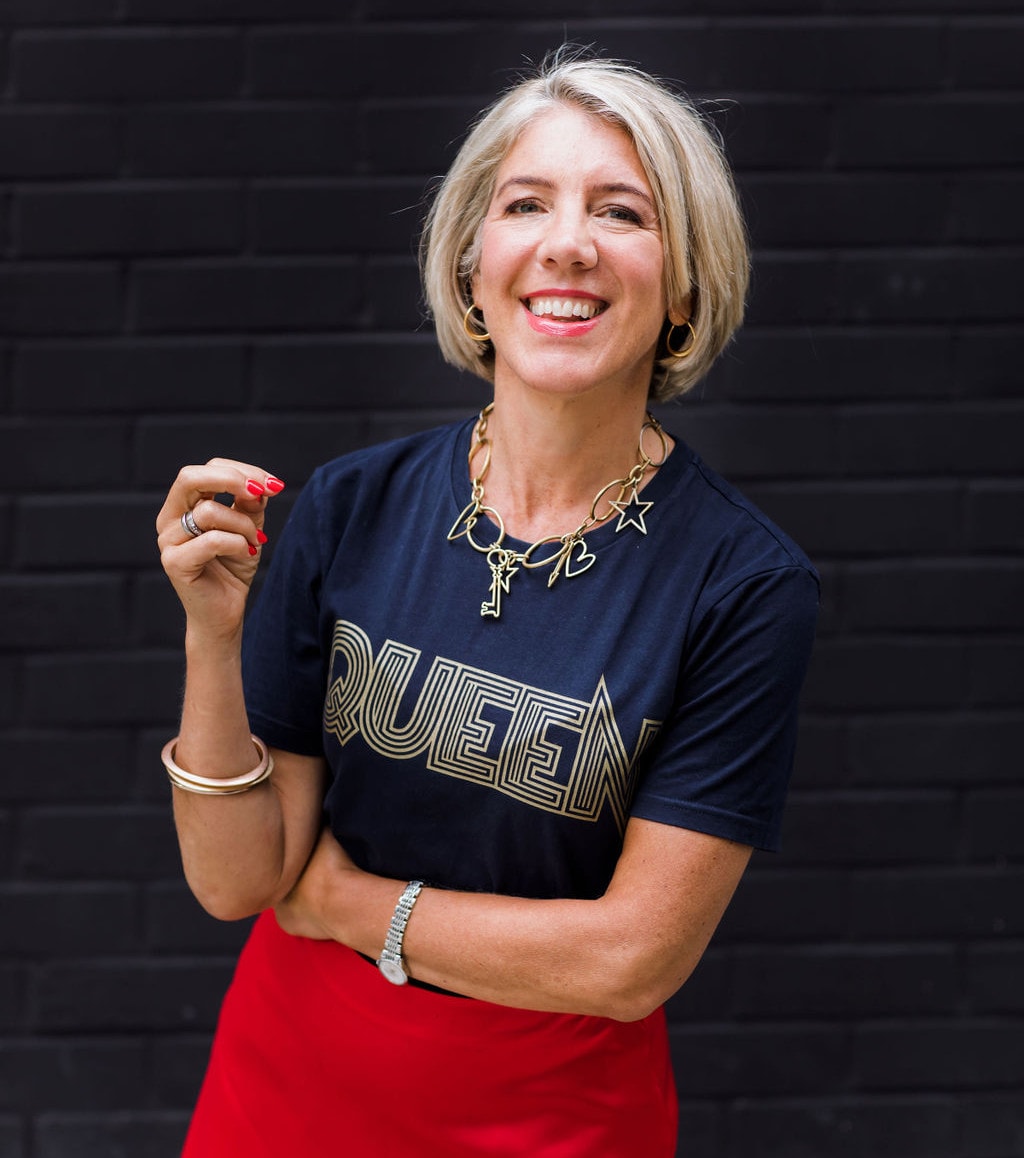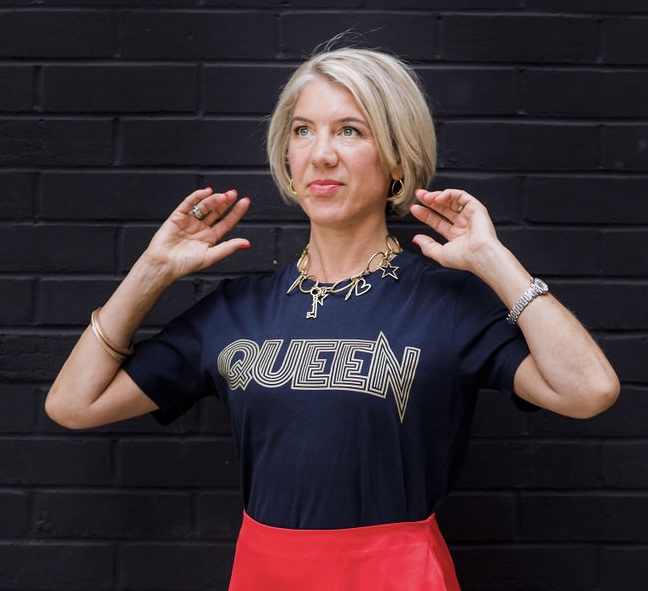
A lot of us do and many of us do it subconsciously – it’s only when we see a video of us played back that we realise how much by. We’ve all experienced the extreme gesticulator who looks like they might take off with the wild movements they’re making, so much so that it actually detracts from what they’re saying. This can be detrimental to how they’re perceived and diminish their message. And it can be terribly distracting!
Having a good balance of gestures is key. Different gestures and poses will send out different messages about you. At times you’ll want to appear approachable, and other times you’ll want to demonstrate credibility. Whatever your body language, you want it to enhance your impact.

As part of the Gravitas methodology, I focus on the theme of Projection. As a leader or manager, there will be times when you have to actively draw attention to yourself to increase your personal impact. Whether in meetings, speaking in public or galvanising a group behind an idea or message, there will be occasions when you will need to assert your opinion, take centre stage and own the room.
When it comes to leading with gravitas, projection is the ability to ‘switch on’ and amplify your message so that even the largest audiences not only notice you but give you their undivided attention.
There is a fine line with projection. Project too much and you may come across as self-centred, ego-driven or over-bearing. Project too little and you may be perceived as boring, unassertive, or even go completely unnoticed.
This is where gestures come into play. First things first, I urge you to break the mould in seated presentations where you’re just clicking through slides. If you do that, you may as well not be there! For maximum impact, stand up at the front of the room, share a short and sweet deck (if needed) and ensure you hold your body with confidence.

Rather than slouching on the hip, as many women do, or crossing your feet, which makes you look unsteady and unsure, plant your feet directly under your hips. This will keep you balanced and grounded and convey strength and solidity. Then imagine that there is a string pulling you up from the top of your head. This will give you a straight and symmetrical posture and encourage your shoulders to relax down and back.
Arms and hand movements will also greatly enhance your projection, especially when communicating with larger audiences. For formal presentations, begin by holding your arms in a neutral position, as opposed to by your sides or behind your back, which can look too regimented or guarded.
You can then gesture outwards and emphasise your points. Remember that the bigger the gesture, the greater the emphasis. Gesturing with your palms down will express credibility, seriousness and trustworthiness; gesturing palms up gives a more approachable, light-hearted impression and should be used sparingly as it can convey weakness and diminish your status. Take a look at the featured pictures to see the difference.

You can also use your hands to emphasise your words, for example, if you are talking about ‘a massive increase in sales’ highlight the ‘massiveness’ with your arms outstretched. If you’re talking about an increase in sales from 10 to 90 per cent indicate the difference by increasing the gap between your hands.
To build in variety, consider slightly exaggerating your gestures and facial expressions to emphasise key points. Watch how actors and comedians do it or watch a footballer method acting their discomfort after receiving a yellow card!
Movement is good, but make sure you do it with purpose rather than drifting from one place to the next – keep your posture open; avoid folding your arms, standing behind a lectern or turning your back on the audience.
Gestures can be incredibly valuable if used properly so do ensure you think them through before any presentation and really assess what they are portraying and how they may be adding, or detracting, from your gravitas.
For more, check out the Projection chapter in Leading with Gravitas, sign up to our next Gravitas course, or book a bespoke, in-house programme.

Written by Antoinette Dale Henderson
Antoinette founded ‘The Gravitas Programme’ in 2007 and since then has inspired thousands of leaders to command respect, get their voice heard and fulfil their potential

